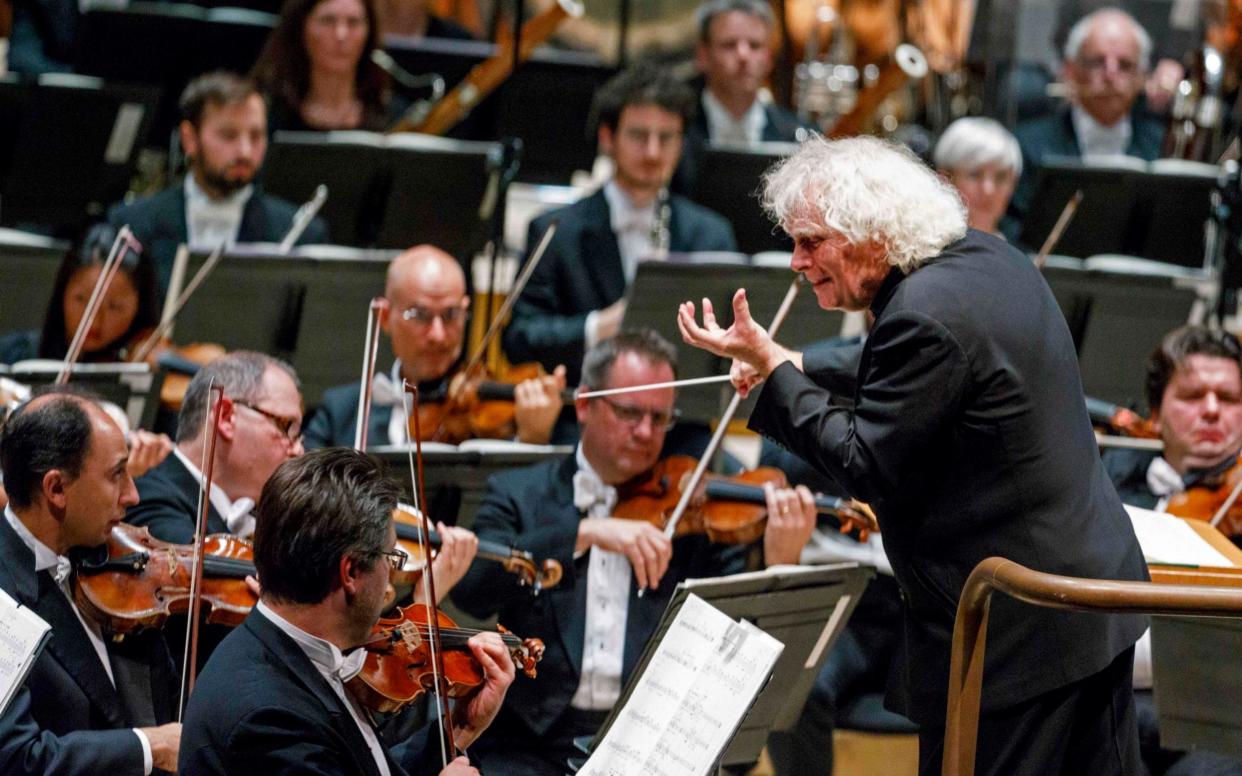Hi-tech batons allow blind musicians to follow conductor for first time

A high-tech baton that allows blind musicians to follow a conductor for the first time has been developed, paving the way for them to join professional mainstream orchestras.
The baton, loaded with microchips, transmits the precise movements of the conductor via wireless signals to electronic wearable devices on the blind or visually-impaired musicians’ wrists or ankles.
The devices’ sensors translate the signals into vibrations and buzzes which the musicians feel, enabling them to pick up not only the beat but also the movement of the conductor’s baton in the air.
“It emulates what a sighted musician sees,” said conductor Charles Hazlewood who successfully trialled the technology with a dozen blind and sighted musicians at a performance of Beethoven’s Fifth Symphony and a new work by a South Korean composer.
Mr Hazlewood, founder of British Paraorchestra, which was set up for the disabled and played at the closing ceremony of London’s 2012 Paralympics with Coldplay, said it captured the sensation of a conductor’s movement between the beats, guiding musicians to be loud or quiet, intense or soft.
"It’s a gamechanger and has the potential to level the playing field for blind and sighted musicians,” he said. "There's no reason why a conventional baton could not be modified with the computer chip in it.
“There's no reason why any number of musicians in a symphony orchestra could not be visually impaired. That’s first time in history that could happen.”
The “haptic baton” was created by designer Vahakn Matossian based on a prototype by his father Rolf Gehlhaar, a composer and emeritus professor at Coventry University.
“This is a world first. No conductor has ever wirelessly transmitted simultaneously to both multiple visually impaired and sighted orchestral musicians with the same baton,” said Mr Matossian.
Pianist Rachel Starritt, the first blind student to study a music degree at the Royal Welsh College of Music and Drama, said it could be revolutionary for blind musicians.
“It gives you more of a sense of what the conductor is thinking through the vibrations, so you know when the conductor is making a long pause when to come in,” she said.
Jonathan Harper, the paraorchestra’s chief executive, said it was liked augmented reality and it removed a barrier that has prevented talented visually-impaired musicians from joining the country's leading orchestras.

 Yahoo News
Yahoo News 
